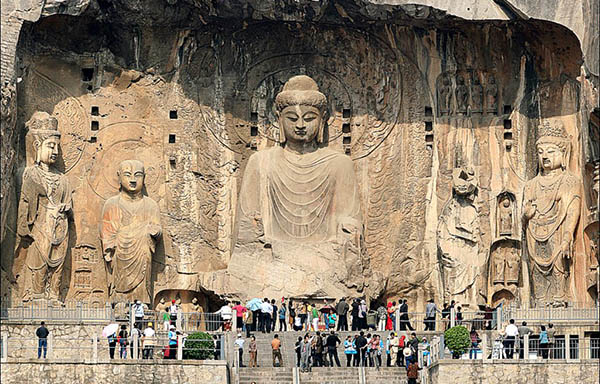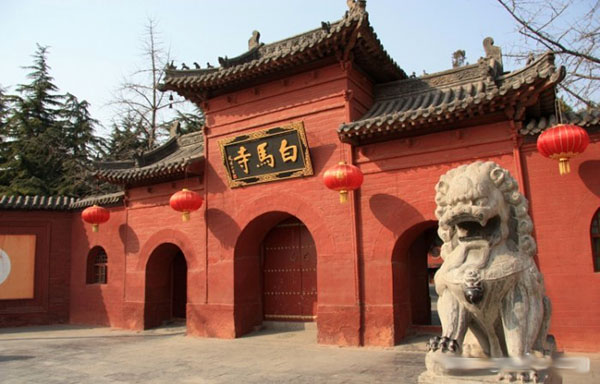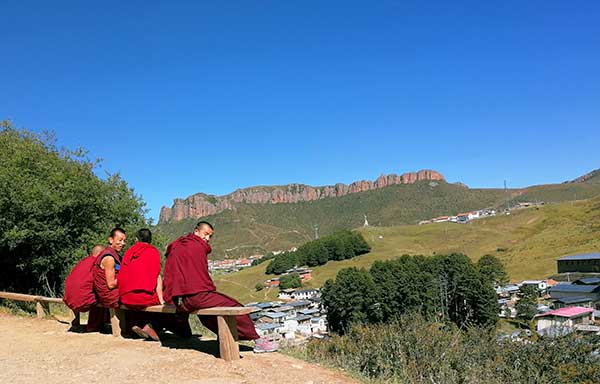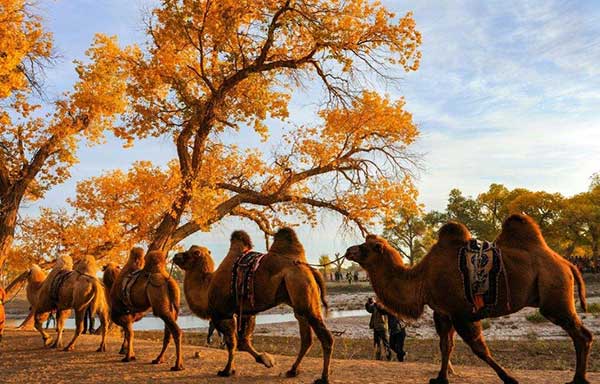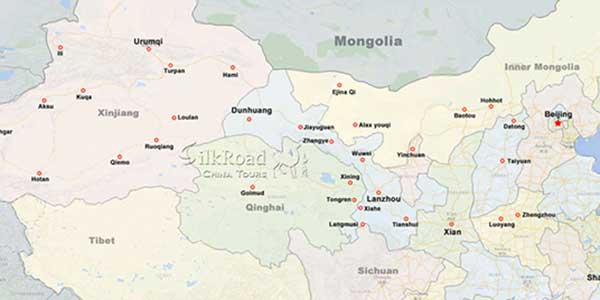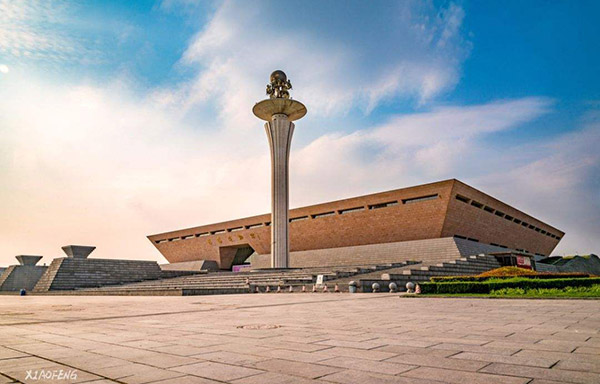 Founded in 1958, Luoyang Museum is located on Sui Tang Cheng Road, north of Luopu Park and south of Sui and Tang Ruins Botanical Garden. With beautiful environment and convenient transportation, it is a cultural landmark of Luoyang City.
Founded in 1958, Luoyang Museum is located on Sui Tang Cheng Road, north of Luopu Park and south of Sui and Tang Ruins Botanical Garden. With beautiful environment and convenient transportation, it is a cultural landmark of Luoyang City.
The original site is located in Luonan Guanlin, Luoyang City. It is one of the earliest museums established at the city level after the founding of New China. In 2008, it was named the first batch of national first-class museums.
The Luoyang Museum is a local comprehensive history museum in China. It is also a comprehensive museum integrating the functions of cultural relics collection, scientific research, exhibitions, social education and cultural exchanges.
The Luoyang Museum has a rich collection and many precious cultural relics. Its exterior architecture is also full of artistry. The shape of the museum building stands like bronze ware of ancient China.
The museum consists of the main building and the auxiliary building, and visitors mainly visit the exhibits in the main building. The main building has two floors, the first floor is a general exhibition, and the second floor is a museum exhibition. The museum has more than 400,000 cultural relics and more than 11,000 cultural relics on display.
The museum includes a basic display of the Heluo Civilization Exhibition, as well as six special exhibitions of the Treasure Museum, the Han and Tang Dynasty Terracotta Museum, Tang Sancai Museum, Stone Carving Museum, Painting and Calligraphy Museum, and Wangxiu Peony Art Museum.
To understand the city of Luoyang, you should start from the Luoyang Museum.
Attractions in the area
Related Tours
General Information
Alias: No
Loc: In the city
Entrance: 0 RMB
Open Time: 09:00~16:40
Relevant blogs
-
How did the name of Tianshui in Gansu come about?
The name Tianshui is very pleasant to the ear, and it reminds one of that exquisitely beautiful verse, "After getting drunk, one doesn't know if the sky is in
-
The 8th Silk Road Hotel Festival was successfully held i
On December 27th, the "8th Silk Road Hotel Festival" grandly opened at the Yujing International Hotel in Zhangye. This hotel festival gathered industry experts,
-
The Karez Irrigation System in Turpan has been selected
On September 3rd, at the 75th Executive Council Meeting of the International Commission on Irrigation and Drainage held in Sydney, Australia, the 2024 (11th bat
-
What is the connection between "dragons" and "snakes
In traditional Chinese culture, the snake has a dual identity of auspiciousness and danger. Ancient people believed that the snake not only possesses divine cha
-
Endangered Przewalski's Horses Spotted at Dunhuang Yume
<p>In early February, a group of special "visitors"—the Przewalski's horses—appeared at the Dunhuang Yumen Pass scenic area in Gansu Province, a U
-
The Fourth Dunhuang Cultural Tourism Supplier Conference
On the morning of February 18th, the Fourth Dunhuang Cultural Tourism Supplier Conference in Northwest China commenced at the Dunhuang International Convention






